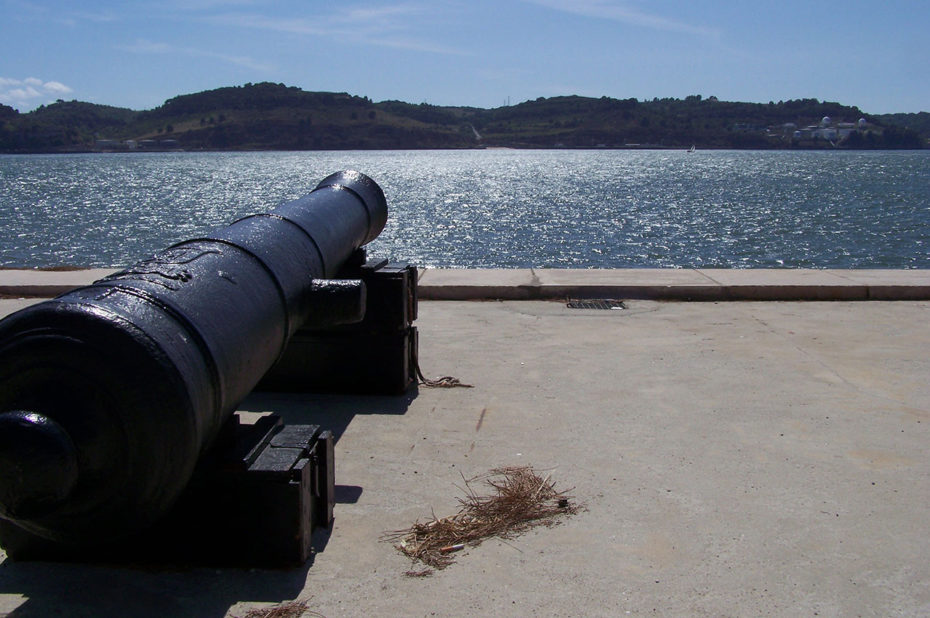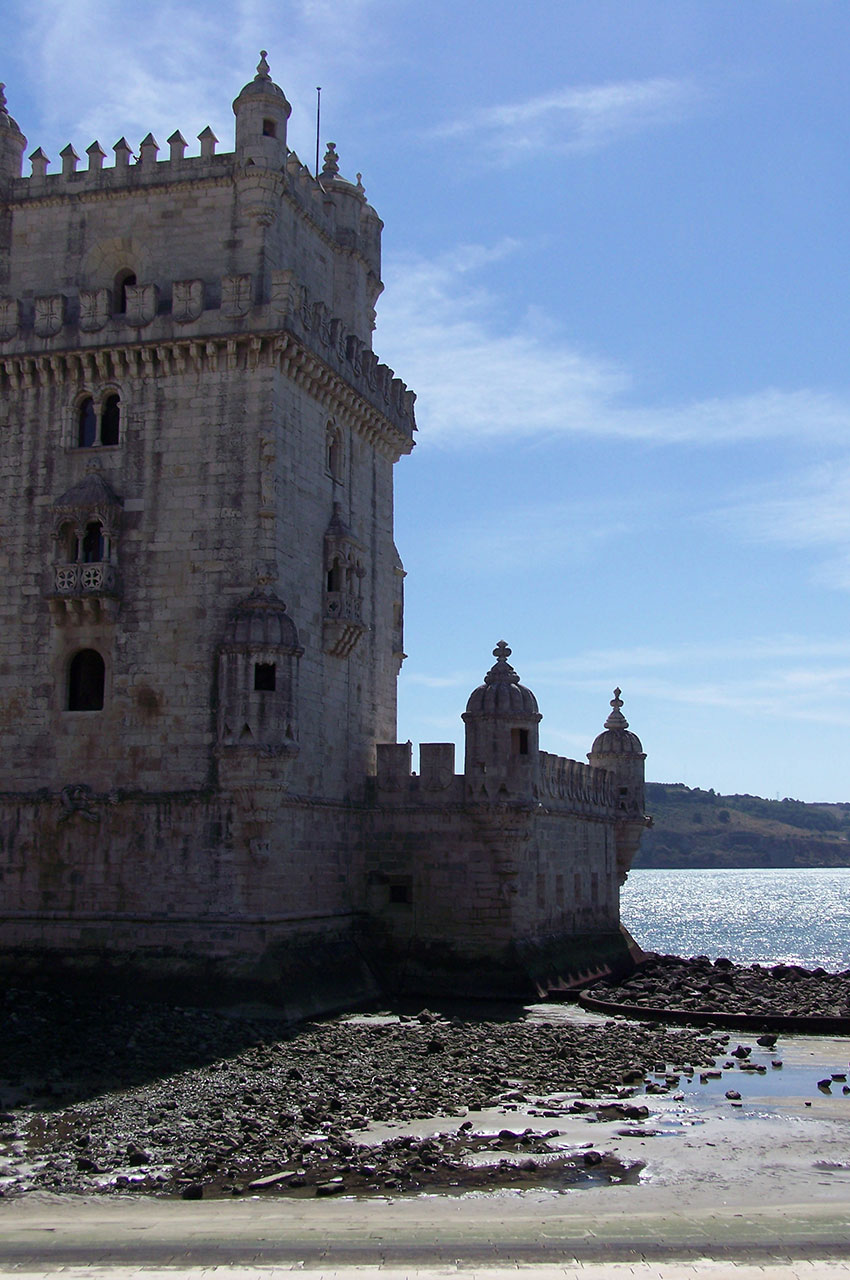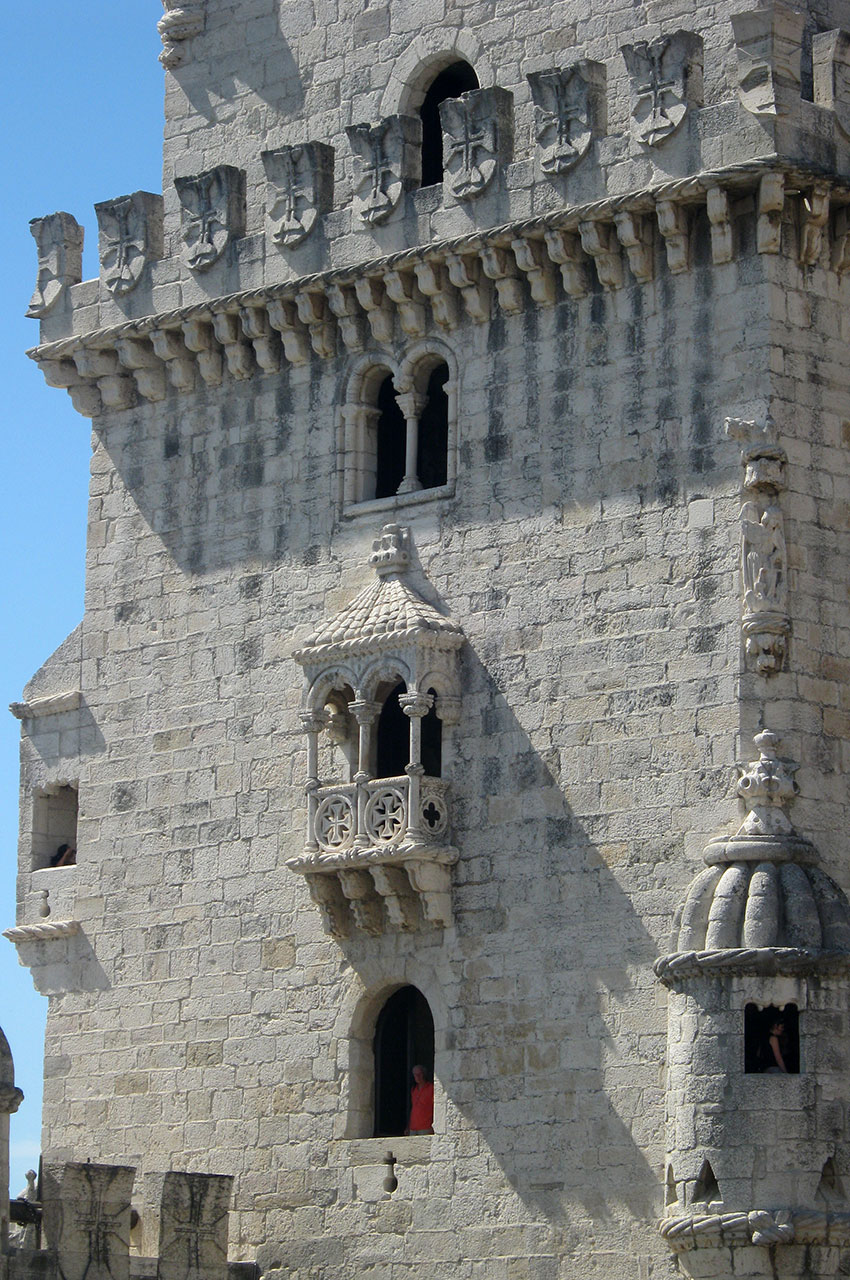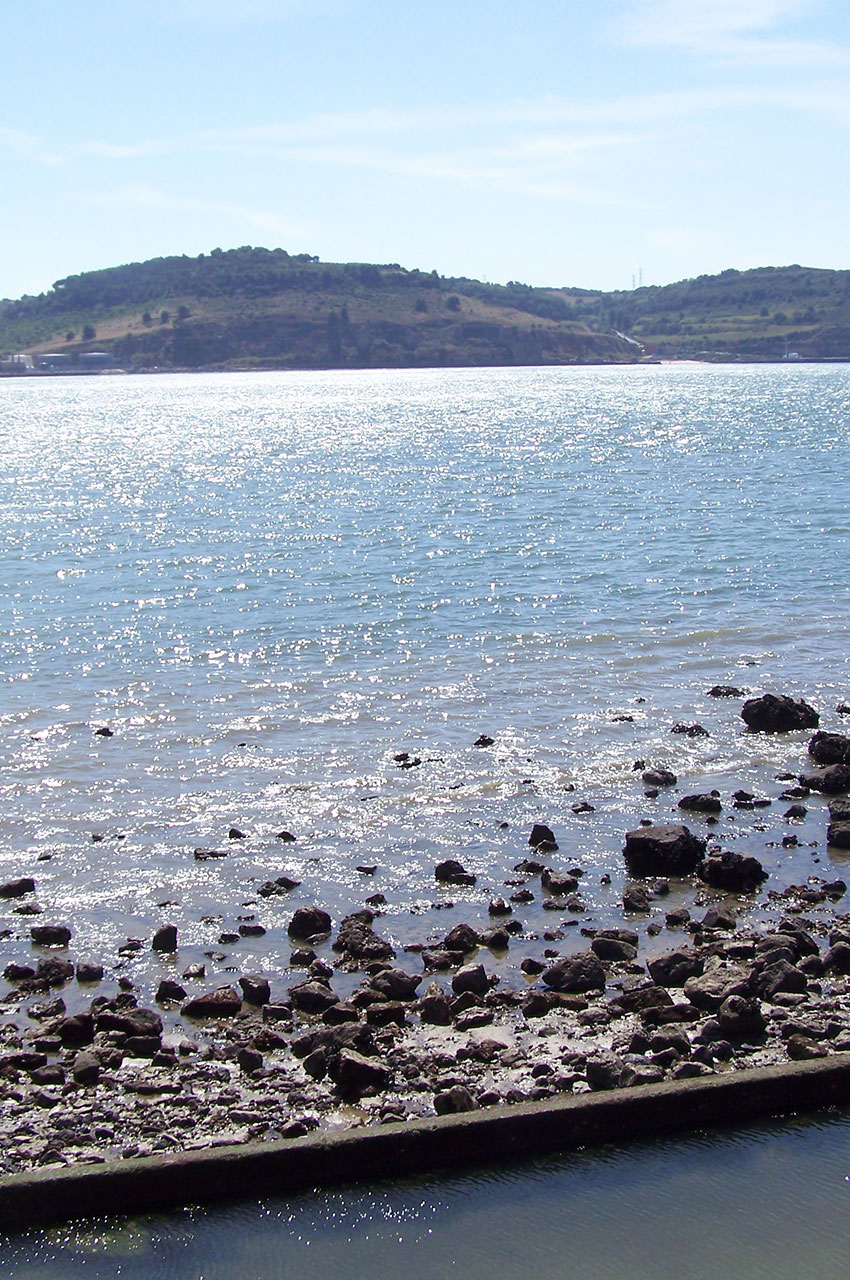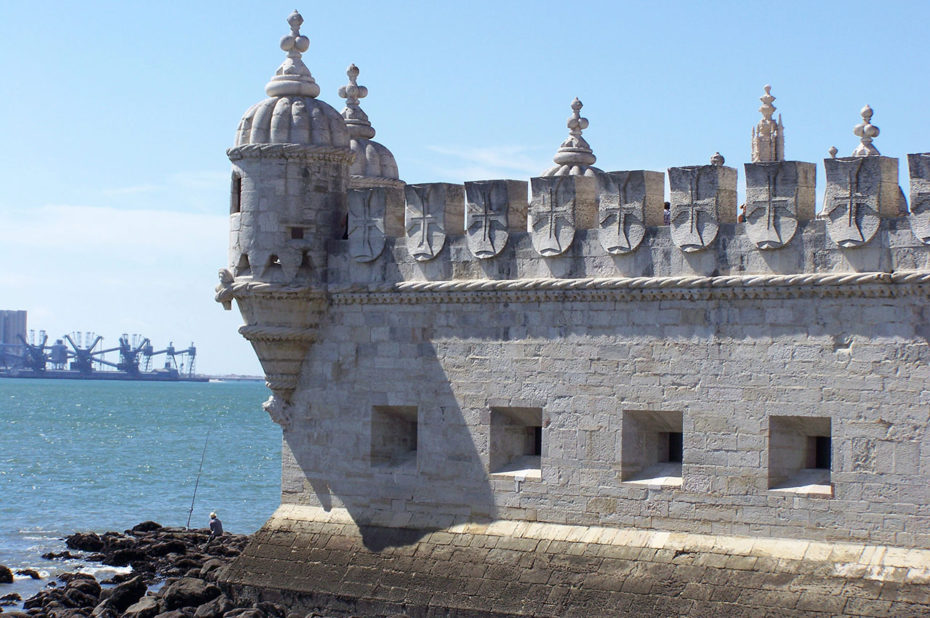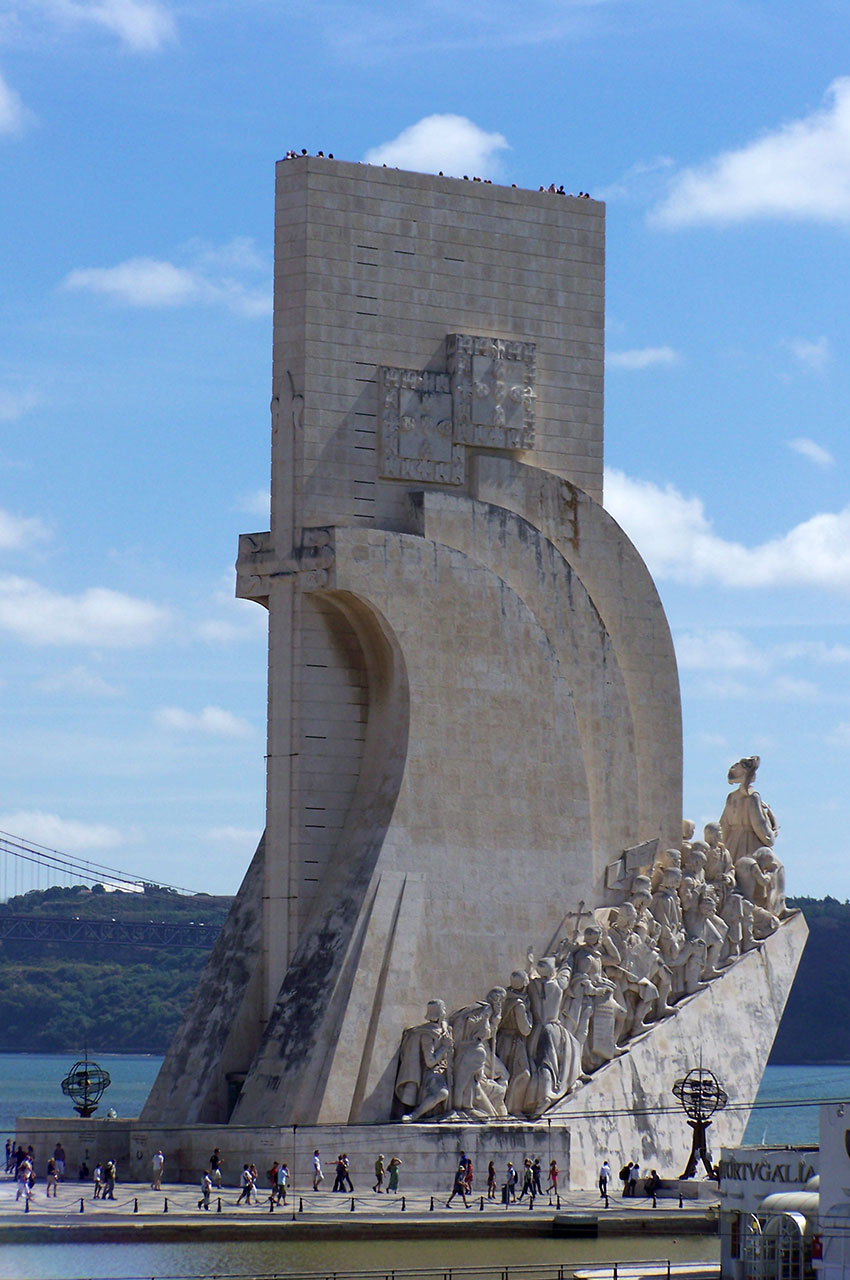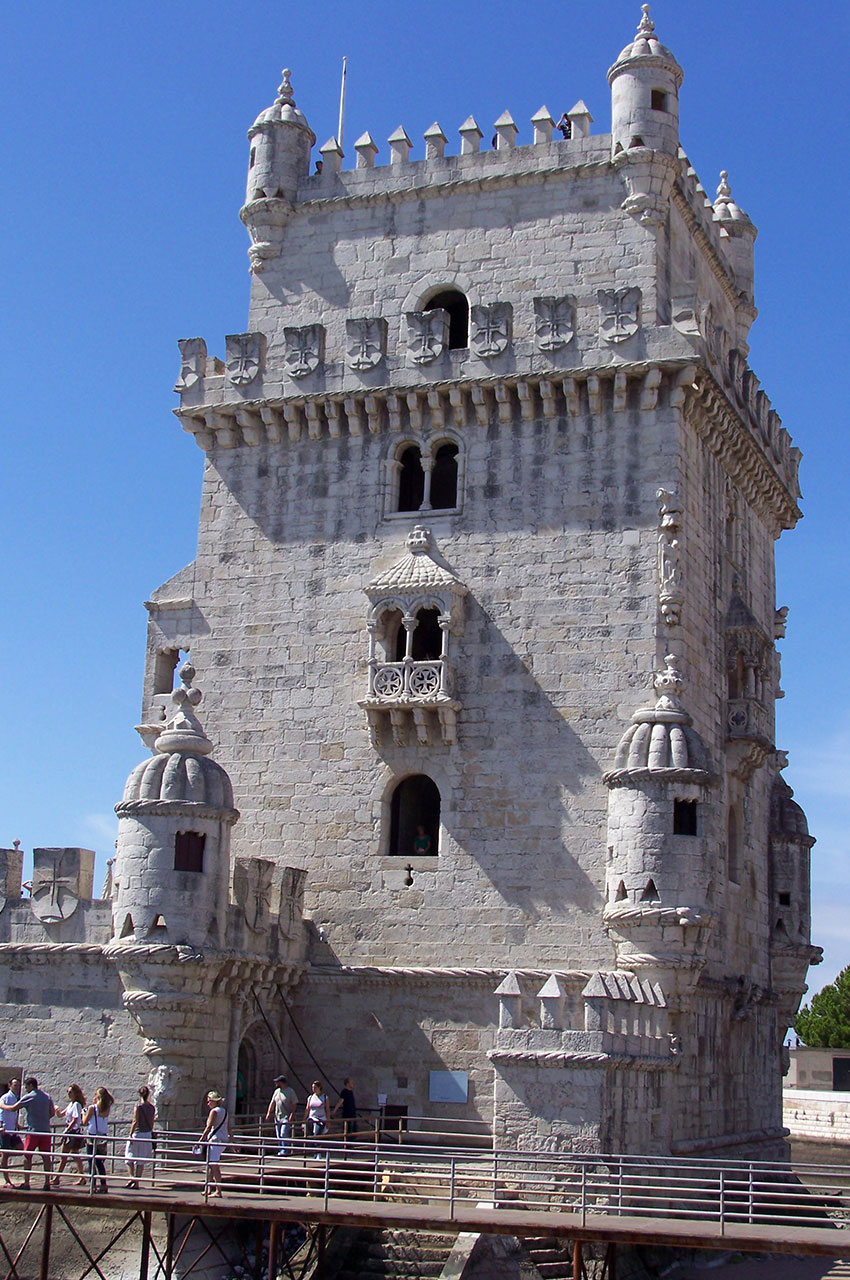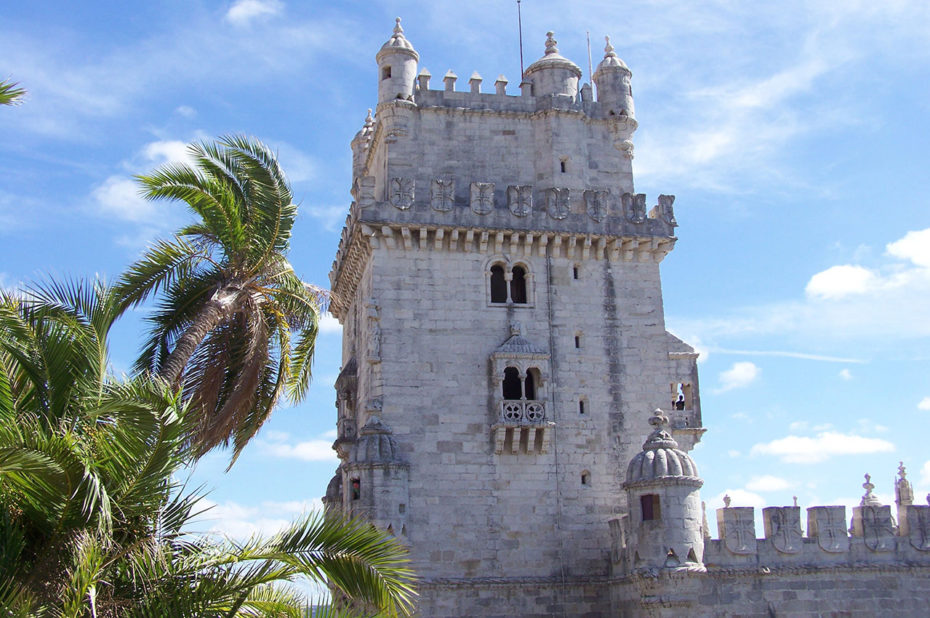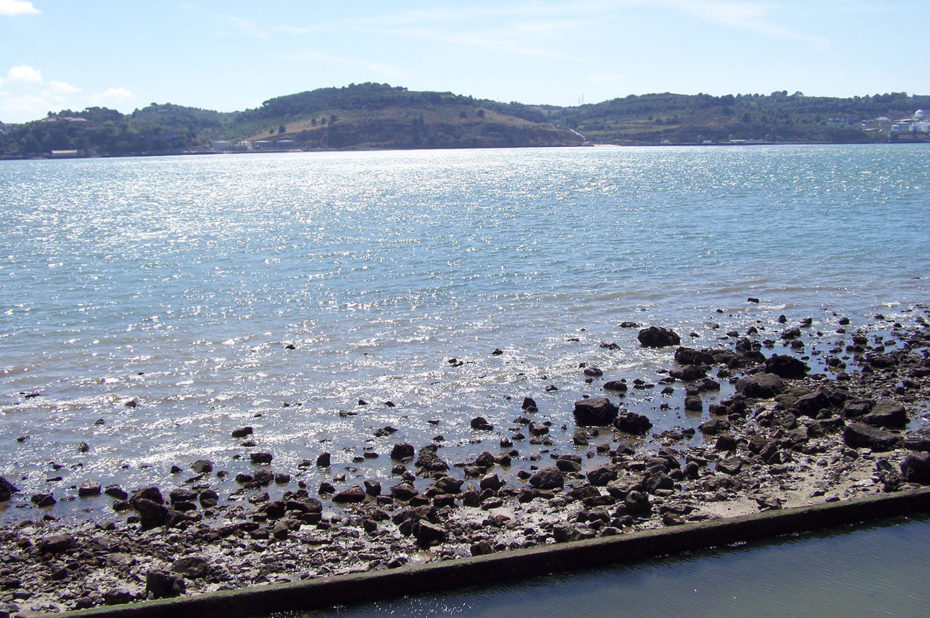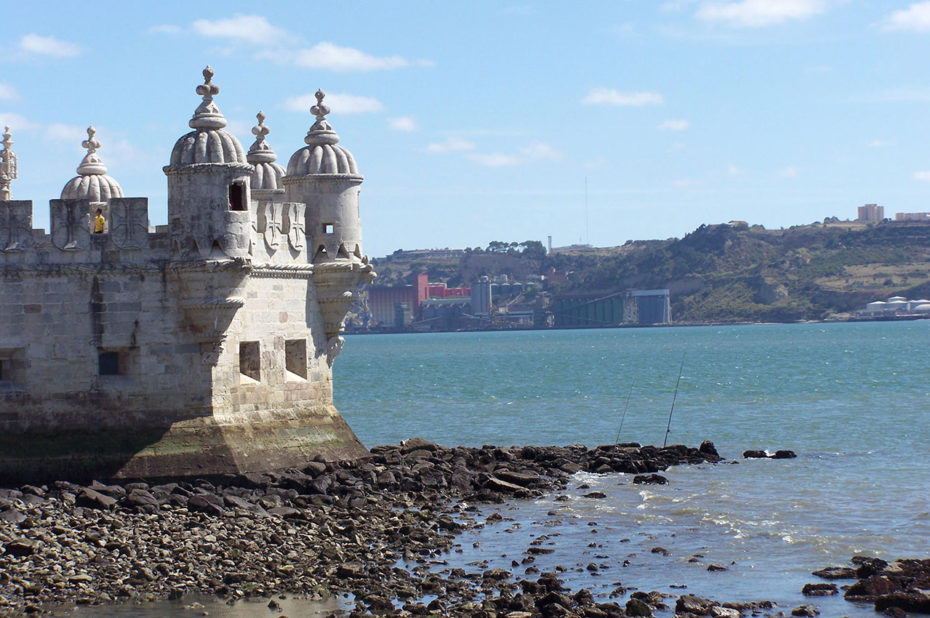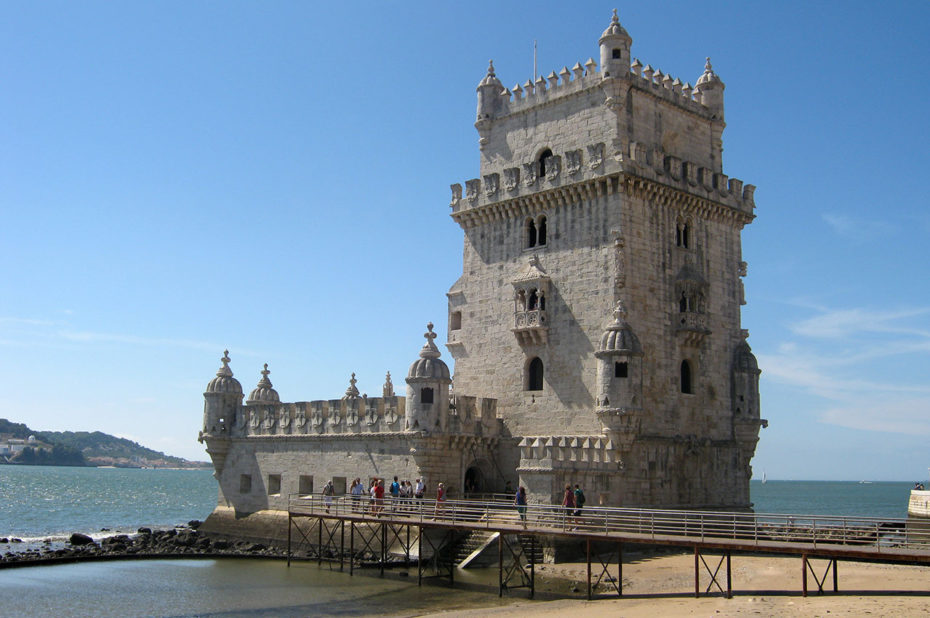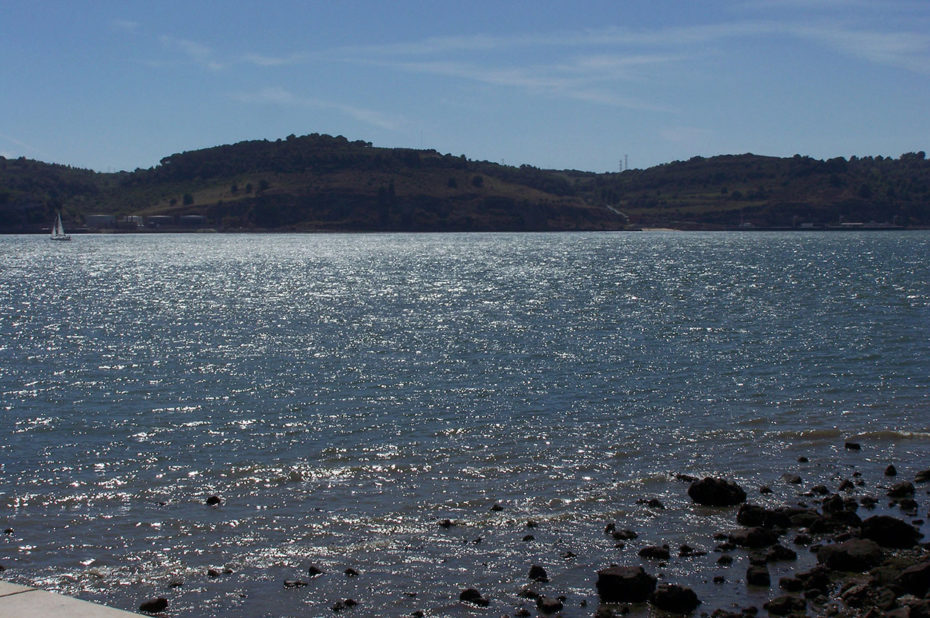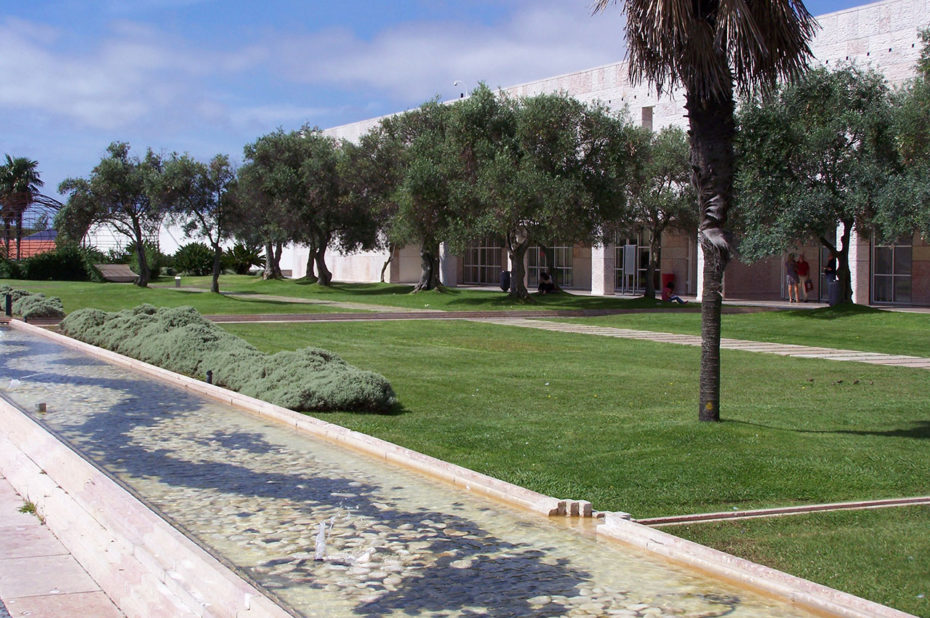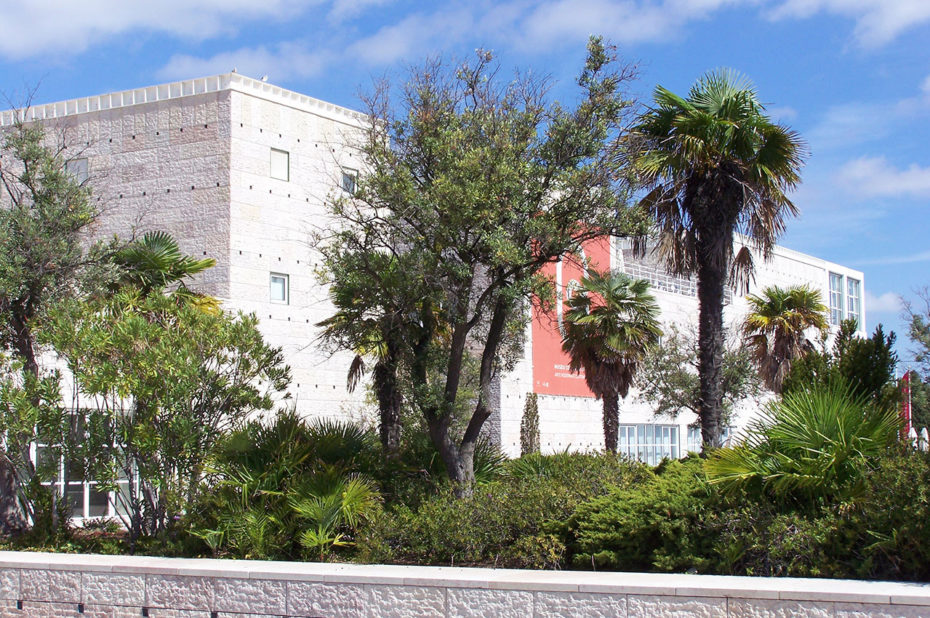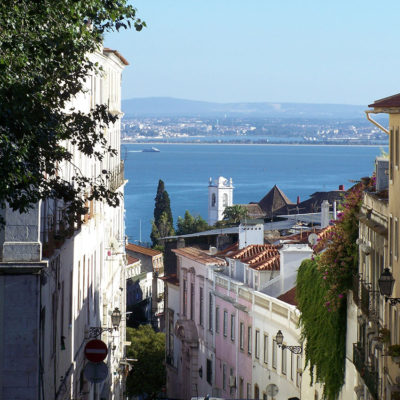
Proudly standing at the mouth of the Tagus, in Lisbon’s ancient port, The Tower of Belém, a major symbol of Manueline art, bears witness to the great Portuguese era. Listed as a World Heritage Site, it was built between 1514 and 1520 to protect the entrance to the port, as well as access to the Tagus estuary and the Hieronymites monastery. Although at first glance it doesn’t look like a fortress or an artillery piece, it has cannon openings on each side.
The building’s architecture alone is an impressive blend of building styles. The long Gothic room (in the basement), used as a dungeon until the 19th century, is very austere. The terrace, just above, is delimited by a wall and a handful of sentry posts. It forms a Romanesque-Gothic ensemble. A statuary representation of Notre-Dame-du-Bon-Succès, patron saint of the Discoverers, stands on the same plateau. The keep, with its geometric battlements, is typical of the Romanesque style. The Renaissance loggia on the third floor adds a Venetian touch, lightening the building. The same can be said of the Moorish domes that top the various roofs.
The Belém Tower was visited on September 22, 2012.
Click on the picture to enlarge it and discover its caption.

